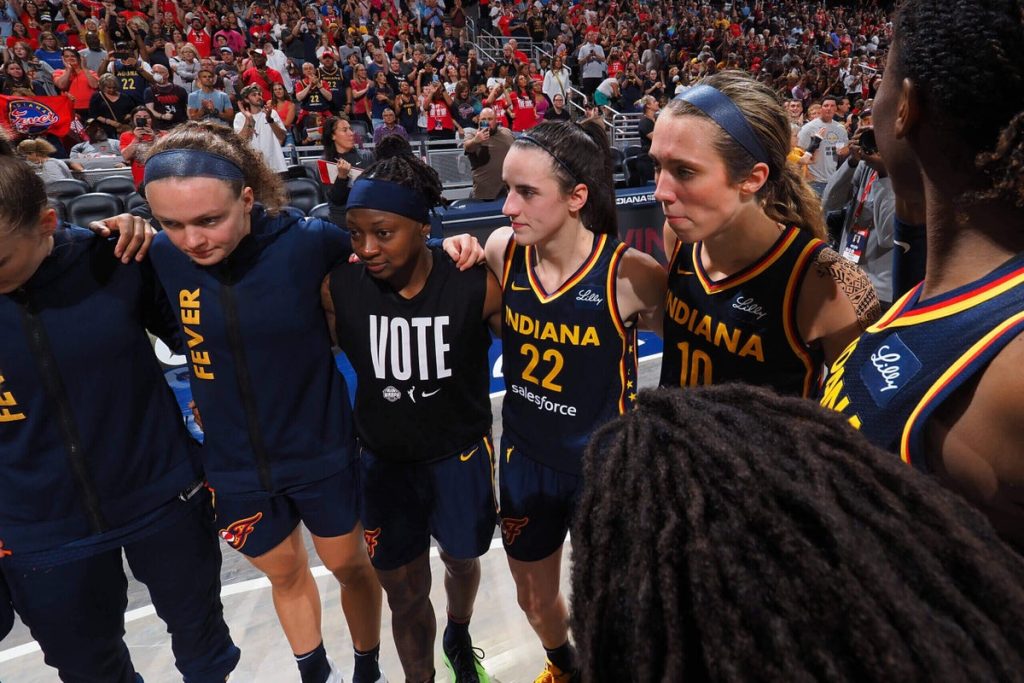The Women’s National Basketball Association (WNBA) delivered record viewership numbers in 2024, showcasing a massive increase in interest for women’s professional basketball. ESPN announced that the league’s regular season games was the most viewed ever, with an average of 1.2 million viewers, a huge increase from last year’s average of 440,000 viewers. The WNBA also saw twenty-two regular-season games average over 1 million viewers for the first time since 2008. Other significant draws included the WNBA All-Star Game and the WNBA Draft, each averaging 3.44 million and 2.446 million viewers respectively, setting new audience records.
Key to these impressive viewership numbers were the performances of players like Caitlin Clark who, according to ESPN/ABC data, was a primary viewership magnet. With such promising figures, experts suggest that the league should maximize on this popularity, by offering high profile teams like the Fever, similar visibility as traditional giants such as the NFL’s Dallas Cowboys. This means more high profile games in prime viewing times, robust social media promotion, and dedicated pre and postgame shows.
As for the anticipated progress of the WNBA’s postseason, it remains to be seen how the Fever, and Clark, as its key draw, will compete against the attention given to the NFL. However, there is optimism in the numbers; even though an average Fever game during the WNBA Finals attracted 700,000 viewers, this figure is still impressive compared to previous numbers. Furthermore, with the WNBA postseason not clashing with NFL games, there is potential for more record viewership numbers.
The rise in WNBA’s viewership is not only down to impressive performances on the court, but also to the expanded coverage given by broadcasters like ESPN. Their WNBA-focused show, “WNBA Countdown,” averaged 503,000 viewers during the regular season, a major increase from previous years. The league is now pushing for a permanent daily studio show on ESPN for the 2025 WNBA season to further capitalize on the league’s growing appeal.
In the face of this impressive viewership growth, experts have called for further improvements in WNBA coverage. Apart from a dedicated show on a major channel, the league should strive for consistency in programming, similar to the NFL broadcasting schedule, in order to make it easier for fans to follow the game. The introduction of staggered start times and airing of more preseason games, even on streaming platforms, is also suggested to further boost viewership.
The WNBA now must look to its future, as it expands with new franchises in cities like Golden State, Toronto and Portland. Much interest is placed on the Golden State Valkyries, the new team that recently became the first professional women’s sports team to pass 17,000 season-ticket deposits. The new teams might lack the star power of established franchises, but they present new markets for the league to tap into and potentially, new viewer bases to draw from. The inaugural season for these new franchises will be a test for the league and its continued viewership growth.


